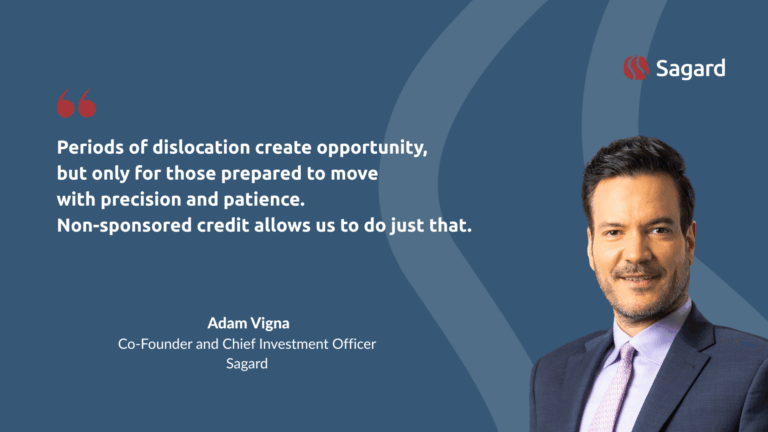Happy Sunday all.
Over the past 20 years, passive forms of investing have been the easiest path to manage wealth. Today, it feels like we are going through a regime shift where asset allocation and active management are likely to be far more important drivers of portfolio returns. Historical asset allocation has been the most important decision for building portfolios, with studies showing it is responsible for 80-90% of the variance in portfolio returns. Today, getting asset allocation right involves macro awareness combined with the understanding of client goals. Active decision making and active management from investment managers should have deeper implications for portfolio outcomes.
Since President Trump took office in January, the markets have been dominated by noise rather than signals. There have been very few clear trends for investors to attach themselves to, with past winners not necessarily mattering.
Over the past 20 years, the U.S. equity market has been the clear winner, with the S&P 500 outperforming the rest of the world. The level of outperformance pushed the market capitalization of the U.S equity market to approximately 65% of the global total. The flows of capital into the U.S. were driven by greater profitability and the capital account flows from the excess imports the U.S. consumer has made. For every Dollar of trade deficit, there is a balancing Dollar flow back into the U.S. through the form of investment. Those flows have been allocated to U.S. Treasury Bonds, U.S. real estate, U.S. equities, and many other assets. At the same time, U.S. companies excelled from a profitability perspective, attracting greater flows into the stock market and other assets. U.S. exceptionalism was a fantastic way for people to invest, and the larger your allocation to U.S. equities, the better you would have performed.
At the same time, the U.S. Dollar was also a winner, led by flows into the economy, increasing the demand for the Dollar. If you were an international investor, the best trade you could have made was to make large allocations to U.S. assets and ride the strength of the U.S. Dollar.
Today, there appear to be clear catalysts for this to change. If U.S. assets outperformed over the past 20 years, pushing valuations and allocations higher, then a slow change in direction of these flows could have structural implications for asset allocation.
One of the clear catalysts for change has been President Trump and his trade policies. At the heart of the policies, the office appears to be looking for a reduction in the trade deficit. As imports become more expensive, due to tariffs, then consumption patterns in the U.S. are likely to shift towards cheaper, domestically produced goods. This reduces the trade deficit and, therefore, reduces the number of excess U.S. Dollars that the rest of the world needs to recycle back into U.S. assets.
In addition, international allocators of portfolios are unlikely to keep buying U.S. assets in the same proportions. Firstly, the U.S. Treasury market has created losses for investors for three straight years and the returns in 2025 already looked challenged. It seems reasonable that international allocators buy less U.S Treasury bonds or at least not at the same rate. It is probable that large international allocators are concerned about their U.S. asset exposure, therefore reducing their policy allocation. Shifts down in allocations would create additional outflows from U.S. assets and the U.S. Dollar.
Finally, the opportunity set from other parts of the globe looks more compelling today. Fiscal expansion from Europe, with the build out of defense, is creating positive tailwinds after a decade of austerity. Germany this year has already unleased their largest fiscal stimulus package since reunification of East and West Germany. Japan has emerged from a 30-year deflation cycle, while equity valuations are far below those of the U.S. Emerging markets tend to borrow U.S. Dollars for their financing needs, and a weaker Dollar only improves their economies. The underperformance of the rest of the world means that investors get to access those assets at a lower valuation level.
The above forces could challenge a traditional portfolio comprised of market-capitalized weighted holdings in both stocks and bonds. A passive approach may have worked very well for 20 years, but today, a zero-based budgeting approach towards asset allocation appears to matter. Strong active management takes a more pragmatic approach, with the ability to pivot away from these decaying trends. Deploying active management today across both traditional and alternative markets is a great way to diversify away from an existing portfolio.



